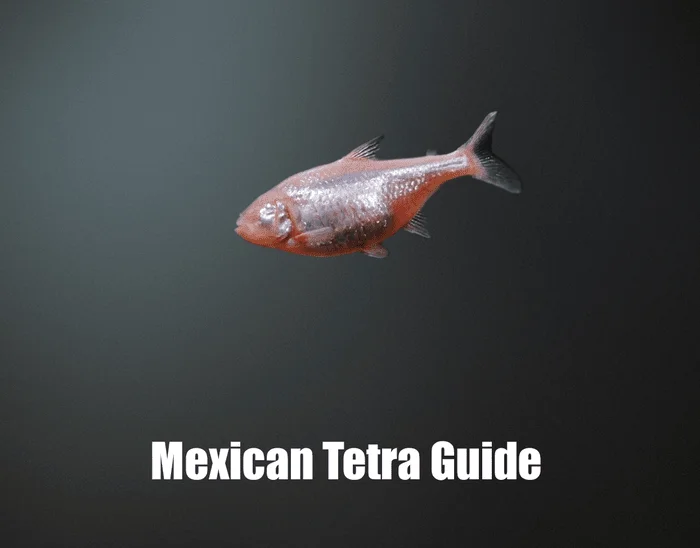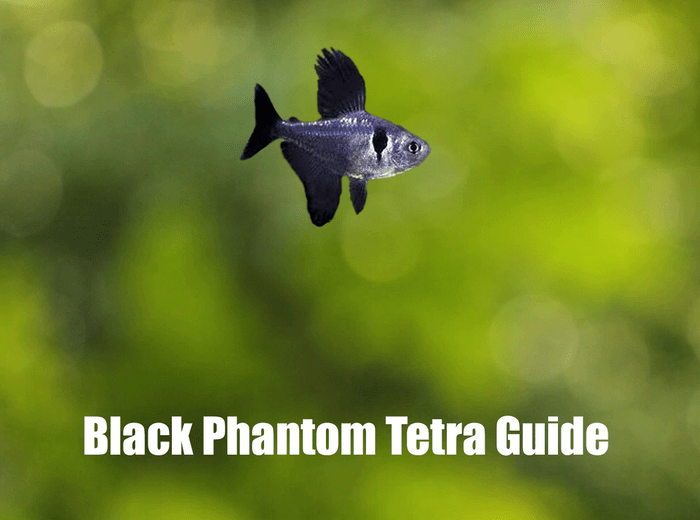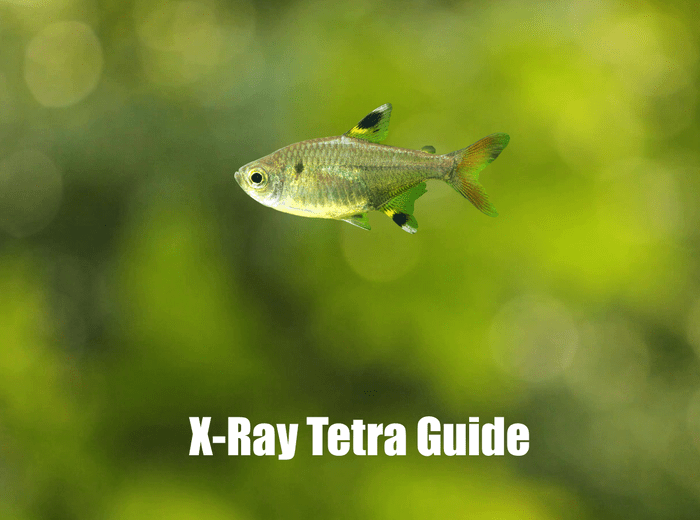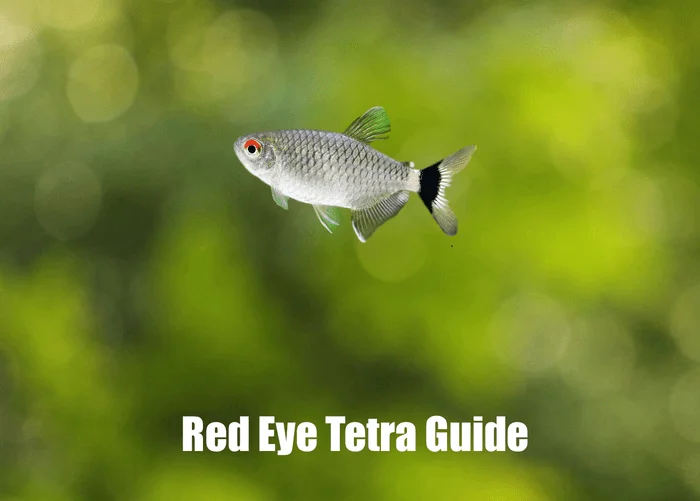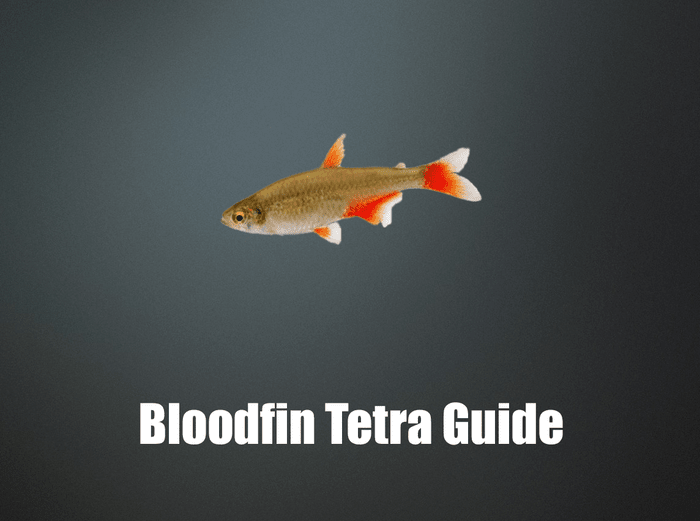The Top 5 Fish For A 5 Gallon Tank
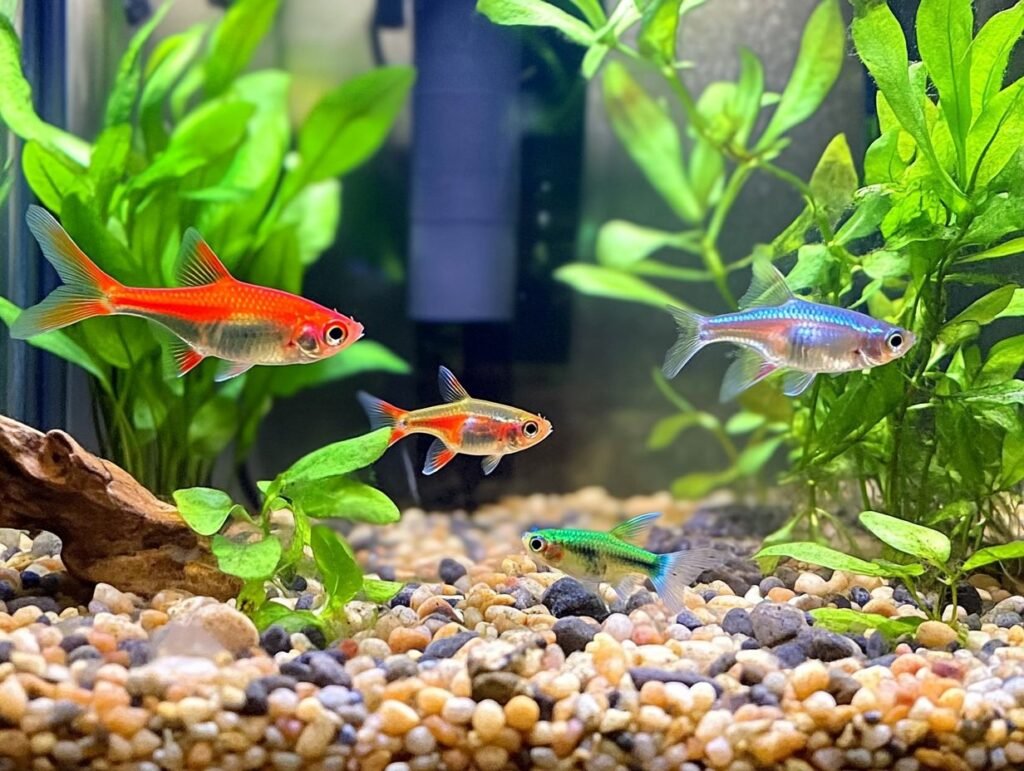
This article highlights the top five fish suitable for a small 5-gallon tank, emphasizing small and lively species. Among the top selections are the Neon Tetra and Ember Tetra.
Additionally, the article explores important factors to consider when choosing fish for a small tank, the benefits of keeping smaller fish, the potential risks associated with limited tank size, and recommendations for maintaining the health of your fish.
Key Takeaways:
.jpg_00.jpeg) Keep all fish in a 5 gallon tank small, like neon tetra, ember tetra, dwarf pencilfish, least killifish, and celestial pearl danio. Consider factors like tank size, compatibility, and water conditions when choosing fish for a small tank. Small fish are easier to care for, require less space, and can add diversity to a small tank.
Keep all fish in a 5 gallon tank small, like neon tetra, ember tetra, dwarf pencilfish, least killifish, and celestial pearl danio. Consider factors like tank size, compatibility, and water conditions when choosing fish for a small tank. Small fish are easier to care for, require less space, and can add diversity to a small tank.
1. Neon Tetra
The Neon Tetra (Paracheirodon simulans) is a small, vibrant fish that thrives in a nano aquarium, making it an ideal choice for beginners. Its striking blue and red coloration enhances the visual appeal of a 5-gallon tank, and it coexists harmoniously with other small fish species, enriching the aquarium experience.
These fish are highly social and should be kept in groups of six or more to feel secure. They prefer water temperatures between 70 and 81 degrees Fahrenheit and thrive in soft, slightly acidic conditions. Peaceful by nature, Neon Tetras can be kept alongside a variety of other small freshwater fish, creating an active community tank.
Providing plenty of hiding spots and plants in a nano aquarium not only mimics their natural habitat but also promotes stress-free interaction. Their easy care requirements and brilliant colors make them one of the best choices for novice aquarium hobbyists.
2. Ember Tetra
Ember Tetras are an excellent choice for a nano aquarium, particularly because of their vibrant orange color and small size, making them suitable for small tanks with low bioloads and beginner-friendly setups.
To keep them in a social group, a minimum tank size of 10 gallons is required, as they prefer to swim in schools.
Maintaining proper water quality is essential, with a preferred temperature range of 72-82°F and slightly acidic to neutral pH levels. They can coexist peacefully with other non-aggressive species in a community-style tank, allowing you to enjoy and appreciate their schooling behavior.
3. Dwarf Pencilfish
The Dwarf Pencilfish is a unique and attractive species that is perfect for a nano aquarium. With its striking appearance and peaceful temperament, it has become a popular choice for aquarists who value both aesthetics and ease of care.
Native to the slow-moving waters of the Amazon, the Dwarf Pencilfish thrives in soft, slightly acidic conditions within a temperature range of 72 to 82°F. A well-planted aquarium with ample hiding spaces helps these shy fish feel secure.
Dimming the lights and using gentle filtration can further enhance their environment, as high water flow can cause them stress. The Dwarf Pencilfish enjoys small live or frozen foods, but high-quality flakes are also adequate for their diet.
Their non-aggressive nature allows them to coexist peacefully with other small species, making them an ideal choice for beginners looking to create a vibrant community aquarium.
4. Least Killifish
.jpg_01.jpeg)
The Least Killifish (Heterandria formosa) is a small, low-bioload species that is ideal for nano aquariums. As one of the smallest fish in the world, they are perfect for individuals looking to enter the aquarium hobby with minimal bioload requirements.
These fish thrive in heavily planted environments with ample cover, mimicking their native habitats of shallow marshes and ponds. They do well on a varied diet that includes high-quality flakes, live food, and frozen options.
Known for their peaceful nature, they can comfortably coexist with similarly sized species such as guppies and celestial pearl danios. Least Killifish prefer stable water conditions, with a pH level ranging from 6.0 to 7.5 and a temperature between 70-78°F.
Active and curious, they contribute to controlling algae and promoting plant growth in their environment, making them an excellent choice for both hobbyists and beginner aquarists.
5. Celestial Pearl Danio
The Celestial Pearl Danio is a stunning small fish suitable for nano aquariums, known for its vibrant colors and peaceful temperament, making it ideal for both beginners and experienced fish enthusiasts.
This species thrives under specific tank conditions, including a temperature range of 72-78°F, a well-cycled aquarium with moderate filtration, a sandy substrate, and live plants. Gentle decorations such as rocks or driftwood can also enhance their swimming space.
Generally, Celestial Pearl Danios are compatible with other small, non-aggressive fish and should be kept in small groups to highlight their colorful appearance and playful swimming behavior.
Why Is It Important to Choose the Right Fish for a Small Tank?
Selecting the right fish for a small tank is crucial for maintaining a balanced and healthy ecosystem, particularly in a nano aquarium where space is limited. Careful consideration of stocking options and low bioload needs is essential.
When choosing fish, it is important to take into account not only their size but also their temperament and specific environmental requirements. Fish that are compatible behaviorally will experience lower stress levels, contributing positively to their health and longevity.
Compatible species help maintain stable water parameters, as aggressive or territorial fish can disrupt the ecosystem, leading to stress and the accumulation of harmful substances such as ammonia.
For novice fish keepers, selecting appropriate fish is vital to avoid common mistakes in fishkeeping. This careful selection process promotes a stable ecosystem that supports the health of all fish and enhances the overall beauty and enjoyment of the aquarium.
What Are the Key Factors to Consider When Choosing Fish for a Small Tank?
When selecting fish for a small tank, several key factors must be considered, including water conditions, compatibility with other species, and the low bioload that the aquarium can support. These elements are essential for ensuring proper fish care and maintaining a healthy aquatic environment.
Specific water parameters such as pH, temperature, and hardness play a crucial role in promoting fish health in any aquarium setting. Each fish species has its own requirements; ensuring that the water’s pH level falls within these parameters can significantly reduce stress and the risk of disease.
Temperature is another critical factor, as fluctuations can lead to shock and discomfort for the fish. Additionally, hardness, which measures the mineral content of the water, varies among species and can affect breeding and overall health. Understanding these aspects not only guides proper fish stocking options but also increases the likelihood of success for the entire aquatic ecosystem.
What Are the Benefits of Keeping Small Fish in a Small Tank?
.jpg_10.jpeg)
Keeping small fish in a small tank offers numerous advantages, especially for beginner aquarists. These species typically require less space, demand lower maintenance, and contribute to a lively and enjoyable aquarium experience.
Benefits of Small Fish in Small Tanks:
- Small fish, such as Betta, Neon Tetras, and Guppies, come in a delightful array of colors and personalities that can enhance any aquarium setting.
- They are generally adaptable to various tank setups, making them ideal choices for novice aquarists.
- Additionally, they tend to thrive in community tanks, peacefully coexisting with other small fish, which adds to the overall vibrancy of the aquarium.
Moreover, small fish produce a smaller bioload, making it easier to maintain water quality. This aspect allows beginner aquarists to enjoy the hobby without the complications that often accompany larger setups.
What Are the Potential Risks of Keeping Fish in a Small Tank?
Keeping fish in a small tank presents several drawbacks, including unstable water conditions and the risk of overstocking, both of which can adversely affect fish care and the overall functioning of the aquarium.
In smaller aquariums, water quality can fluctuate rapidly, making it challenging to maintain all parameters within the appropriate range. Overcrowding may lead to increased stress for the fish, resulting in aggression and a higher likelihood of diseases. Regular maintenance, which includes more frequent water changes and monitoring levels of ammonia, nitrite, and nitrate, is essential.
To mitigate these issues, aquarists can take the following steps:
- Choose smaller fish varieties that are better suited for limited space,
- Practice careful tank management, and
- Use filters specifically designed for smaller volumes to help keep the water clean and maintain suitable conditions for aquatic life.
How Can One Ensure the Health and Happiness of Fish in a 5-Gallon Tank?
Ensuring the health and happiness of fish in a small tank requires proper care practices, optimal water conditions for small fish, and the introduction of aqua plants to create a natural and stimulating habitat.“`html
Regular testing of water parameters is essential for maintaining quality, as it allows for the early detection of harmful changes in pH, ammonia, or nitrate levels. Beginners can easily implement these practices by obtaining a testing kit and adhering to a consistent schedule. For those looking to stock their tanks wisely, check out The Top 5 Fish For A 5 Gallon Tank.“`
Filtration is also crucial, as it removes debris and supports biological filtration, which in turn fosters beneficial bacteria that process waste. Incorporating aquarium plants provides shelter and can enhance fish happiness by mimicking their natural environment. provides shelter and can enhance fish happiness by mimicking their natural environment.
The successful combination of these elements creates a self-sustaining ecosystem that promotes fish health.
Frequently Asked Questions
.jpg_11.jpeg)
Frequently Asked Questions
The top 5 fish for a 5 gallon tank are the Neon Tetra, Endler’s Livebearer, Dwarf Gourami, Scarlet Badis, and White Cloud Mountain Minnow. These fish are all small in size, making them perfect for a smaller tank.
These fish are recommended for a 5 gallon tank because they are all small in size and can comfortably live in a smaller tank. They also have similar preferred water parameters and can coexist peacefully together.
They have similar temperaments and water parameter preferences, making them suitable tankmates for each other.
These fish have similar care requirements in terms of water temperature, pH levels, and water quality. It is important to regularly test and maintain these levels in a 5 gallon tank to ensure the health and well-being of the fish.
It is not recommended to add any other fish to a 5 gallon tank with these top 5 fish. The tank may become overcrowded and lead to aggression or health issues. It is best to stick to these smaller fish in a 5 gallon tank.
Aside from size and water parameter compatibility, it is important to consider the activity level and behavior of the fish. In a smaller tank, it is best to avoid highly active or aggressive fish that may cause stress or harm to the other inhabitants.
Share Your Tetra Experiences
Do you have any stories or tips about your Tetra tank? Share them in the comments below!
Help Others Discover This Guide
Navigate the Tetra in your tank with confidence. This guide is your pathway to creating a vibrant and healthy aquatic showcase. Enjoy the dazzling colors and lively nature of these unique fish!

